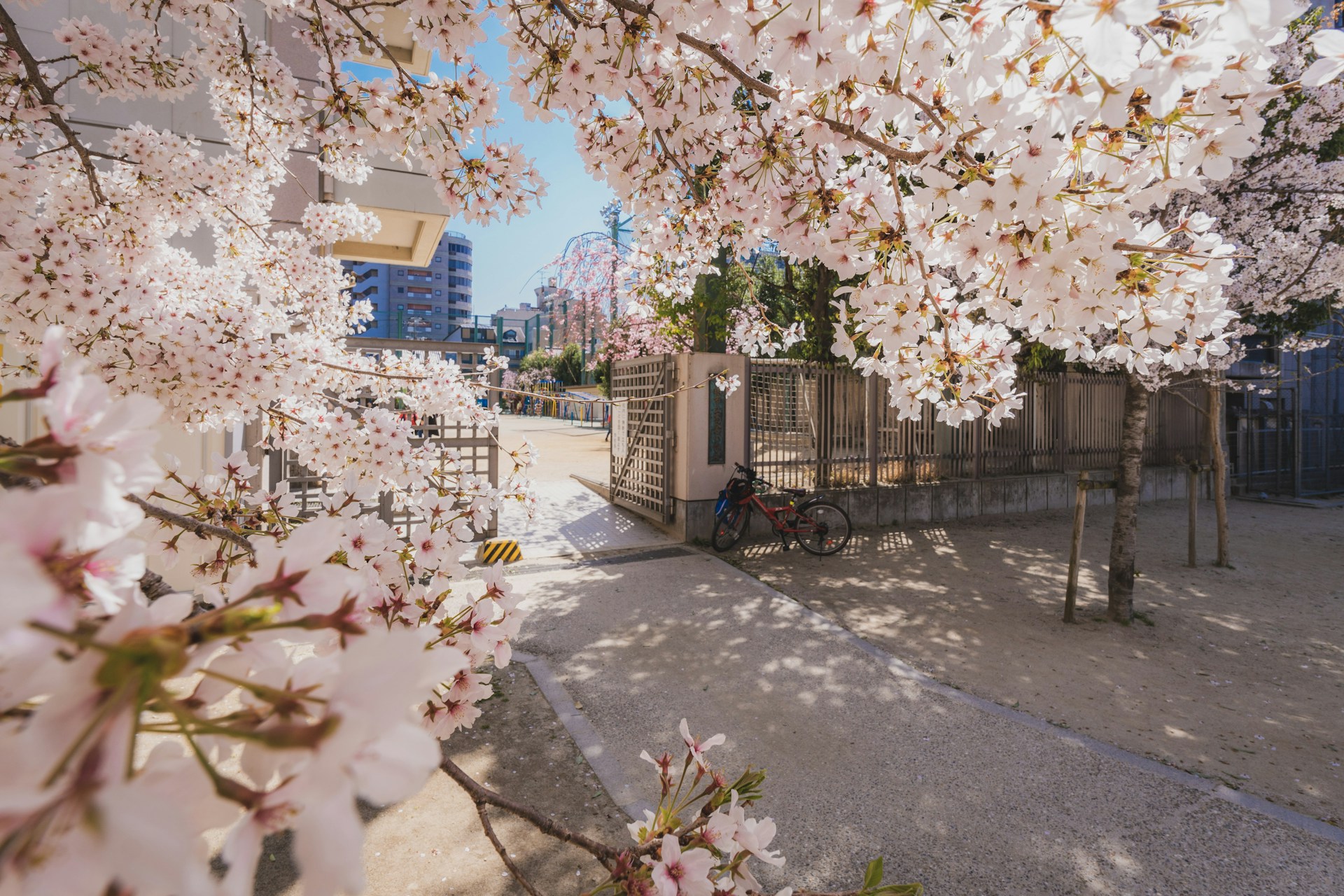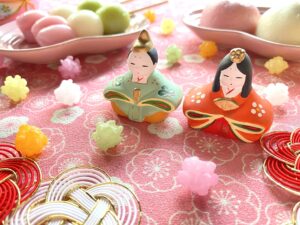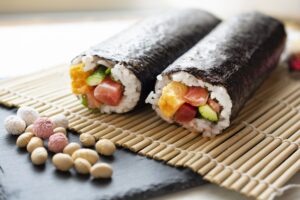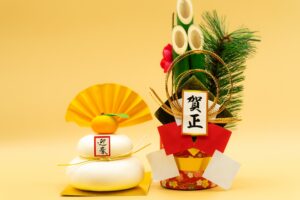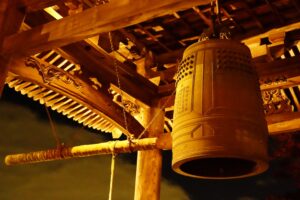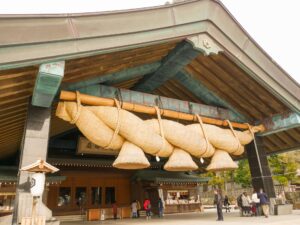This article provides a comprehensive overview of the Japanese school year system, including its structure, key dates, holidays, and seasonal breaks. It explores the cultural and historical reasons behind the school year starting in April and compares the Japanese system with those of other countries. Additionally, it offers practical advice for foreign students and expatriate families on navigating the Japanese education system.
The Structure of the Japanese School Year
The Japanese school year begins in April and ends in March of the following year. This unique timing aligns with the fiscal year in Japan, creating a seamless transition between education and employment. The school year is divided into three terms: the first term from April to July, the second term from September to December, and the third term from January to March. Each term is punctuated by breaks: a summer break from late July to the end of August, a winter break from late December to early January, and a spring break in late March.
Major holidays include Golden Week in early May, which is a series of national holidays, and New Year’s holidays, which are culturally significant. During these breaks, students often participate in club activities or study for entrance exams. Understanding these breaks and holidays is crucial for parents and expatriates planning their children’s schedules.
Historical and Cultural Reasons for the April Start

The decision to start the school year in April dates back to the Meiji period when Japan adopted the Western calendar. Aligning the academic year with the fiscal year was seen as a strategic move to synchronize education with economic planning. Culturally, April is associated with new beginnings, marked by the blooming of cherry blossoms, symbolizing a fresh start. This tradition contrasts with many Western countries, where the school year begins in September, reflecting historical agricultural cycles.
Comparing the Japanese and American School Systems
The Japanese school system is often compared with the American system, highlighting significant differences. In Japan, the emphasis on uniformity and discipline is more pronounced, with a standardized national curriculum. The school day is typically longer, and students are engaged in various club activities after school. In contrast, the American system offers more flexibility in the curriculum and extracurricular activities, allowing for a more individualized educational experience.
One notable difference is the academic calendar. While Japanese students experience shorter but more frequent breaks, American students have a long summer vacation, reflecting a more relaxed approach to schooling. These structural differences impact students’ daily lives and family routines, influencing academic performance and social development.
Practical Advice for Foreign Students and Expatriate Families
Foreign students and expatriate families often face challenges when adapting to the Japanese school system. It’s essential to familiarize oneself with the school calendar, key dates, and cultural expectations. The enrollment process typically involves submitting various documents and sometimes passing entrance exams, especially for prestigious schools.
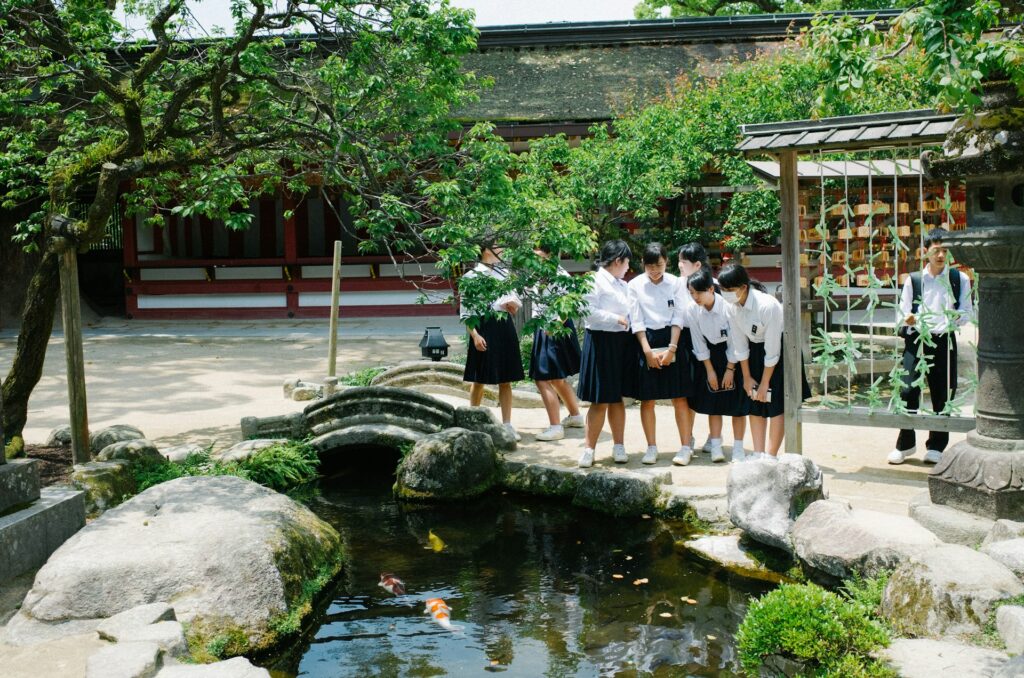
Cultural adaptation is also crucial. Participating in school events, respecting school rules, and engaging in extracurricular activities can help foreign students integrate more smoothly. Parents should prepare for the academic rigor and the emphasis on collective activities, which are central to the Japanese school experience.
Seasonal Breaks and Their Impact on Academics
Seasonal breaks in Japan, including summer, winter, and spring breaks, play a significant role in students’ academic lives. Unlike the long summer vacation in the U.S., Japanese students have shorter but more frequent breaks. Summer break, though about a month long, is often used for intensive study, particularly for those preparing for entrance exams. Winter and spring breaks provide brief respites, allowing students to recharge before the next term begins.
These breaks impact family routines and travel plans, with many families taking advantage of the holidays to travel domestically or abroad. However, the pressure to maintain academic performance often limits the extent of these vacations.
Extracurricular Activities and School Events
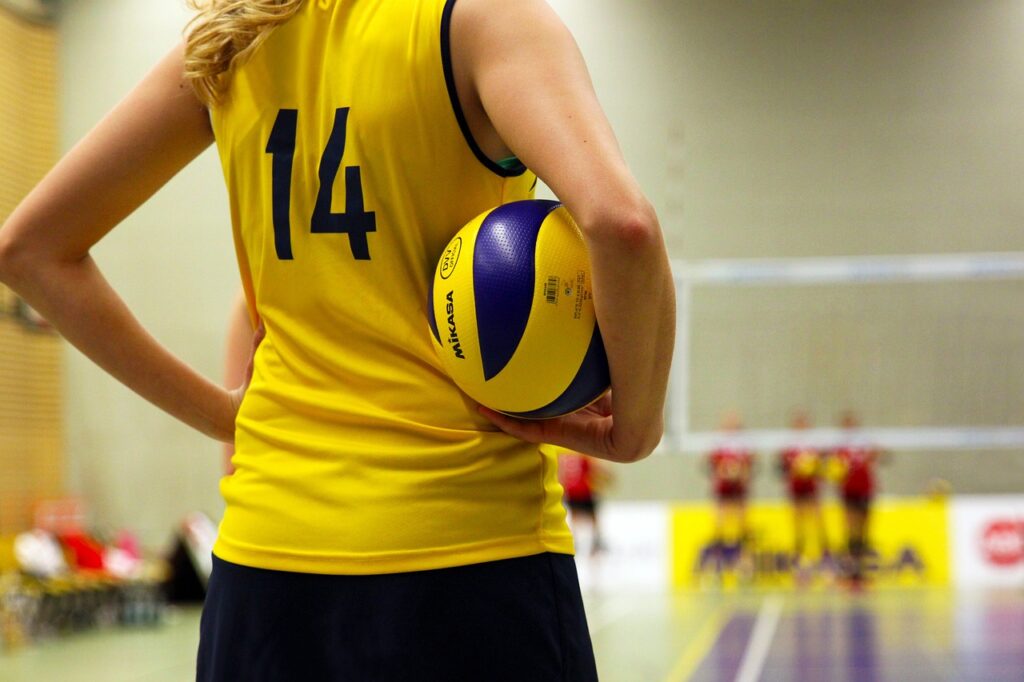
Extracurricular activities are integral to the Japanese school experience. Clubs and societies, known as “bukatsu,” are where students cultivate interests and develop skills outside the classroom. These activities are scheduled throughout the school year, with significant events such as sports days and cultural festivals enhancing the school experience.
Balancing academics and extracurriculars can be challenging but is considered essential for holistic development. School events, such as the “bunkasai” (cultural festival) and “taiikusai” (sports festival), are eagerly anticipated and involve extensive preparation, fostering teamwork and school spirit.

